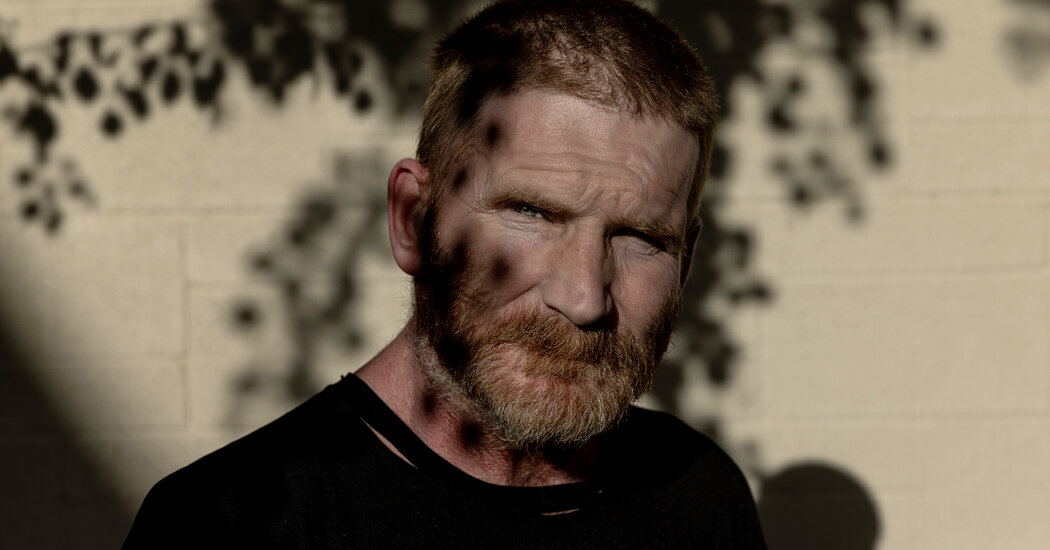Five years on the Phoenix streets battered Vance Blair’s body. His vision dimmed, his speech slowed, and his hands began to twitch. A bulging pelvis revealed the need for hernia surgery, and the vacant lot where he slept was no place to keep dressings clean.
Mr. Blair often lingered by a shaded building, and several women who worked there grew fond of the diffident man who asked permission to escape the sun. They brought him food and discovered his dilemma: Medicaid would cover his operation, but hospitals discharge patients quickly and surgeons would not proceed unless he had a place to heal.
Then they learned that a Phoenix group runs what amounts to a nursing home for the homeless. Mr. Blair has remained there since his operation six months ago and says the care might have saved his life.
“After a while of being outside, I was having thoughts of not wanting to live anymore,” he said. “This place has been a great help.”
Respite care for homeless people is rapidly growing, aimed at people well enough to leave the hospital but too sick for the street. Its rise reflects the aging of the unhoused population and the decade-long expansion of Medicaid, which helps cover the cost. Many programs also get subsidies from hospitals or insurance companies eager to shorten hospital stays or reduce readmissions.
The number of programs, mostly nonprofit, has roughly doubled since 2016, to more than 165, according to the National Institute for Medical Respite Care. The movement has spread to places like Memphis; Missoula, Mont.; and Greenville, S.C., underscoring the ubiquity of homelessness.
